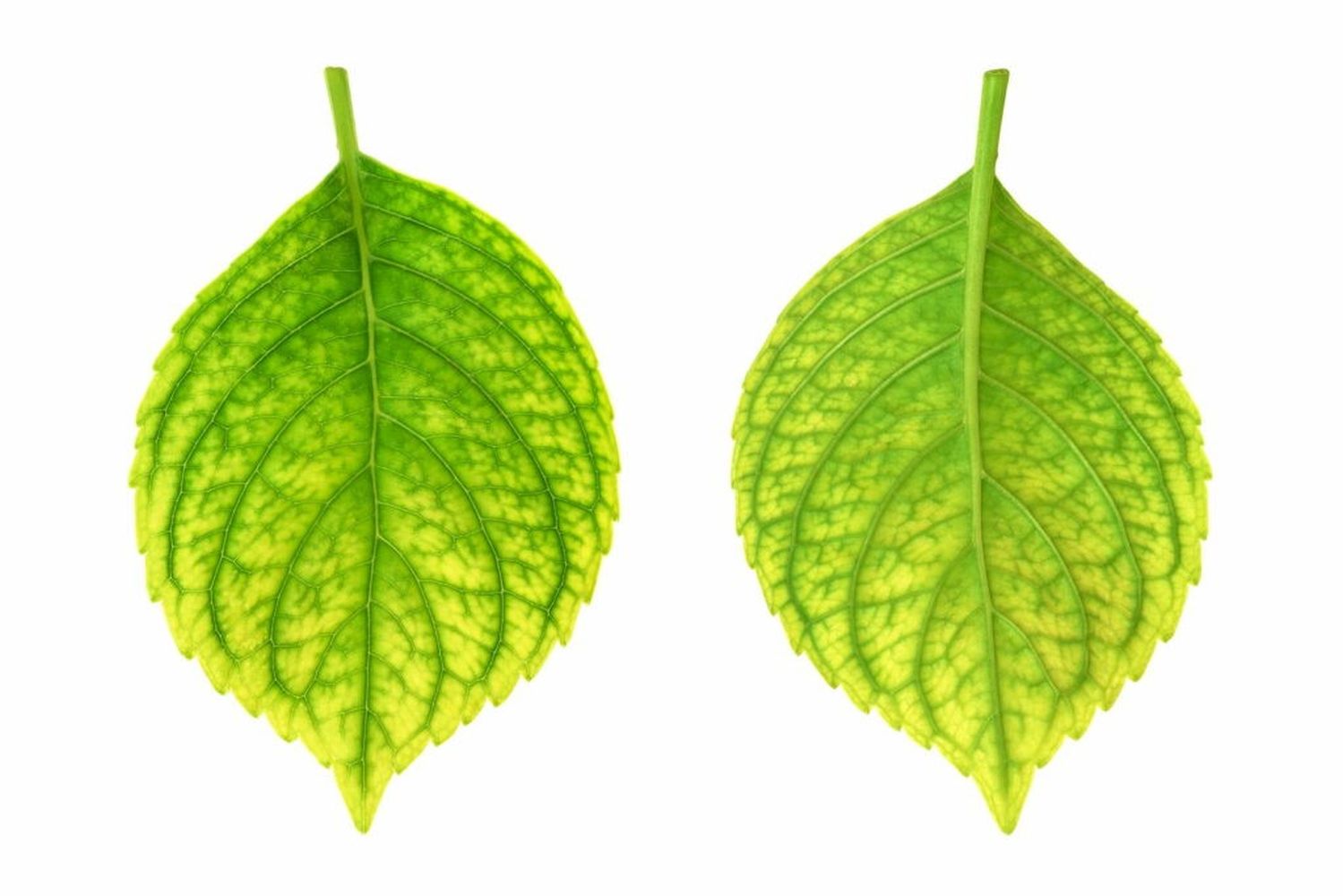Some Known Incorrect Statements About Hydrangea Leaves Turning Yellow
Some Known Incorrect Statements About Hydrangea Leaves Turning Yellow
Blog Article
The smart Trick of Hydrangea Leaves Turning Yellow That Nobody is Talking About
Table of ContentsHydrangea Leaves Turning Yellow Can Be Fun For AnyoneThe Buzz on Hydrangea Leaves Turning YellowThe 5-Second Trick For Hydrangea Leaves Turning YellowUnknown Facts About Hydrangea Leaves Turning YellowSome Known Details About Hydrangea Leaves Turning Yellow Getting My Hydrangea Leaves Turning Yellow To Work
One opportunity is that the plant is not obtaining adequate sunshine. During the cold weather, the days are much shorter, and the sun is not as intense, so make sure to position your Hydrangea in a spot where it will access least 6 hours of sunshine every day. One more reason for Hydrangea yellow leaves in wintertime might be too much water.Ultimately, the leaves may be transforming yellow due to temperature level tension. Hydrangeas like cooler temperature levels, so if the plant remains in an area that obtains as well warm or also chilly, the leaves will certainly turn yellow. If you think temperature level anxiety may be the problem, try relocating your Hydrangea to a different area or shielding it from the aspects with a burlap cover.
New development will be observed in very early springtime, when you'll see environment-friendly vegetation growing from stems that could have shown up dead. Nevertheless, if your fallen leaves are transforming brownish in spring or summer season, there are most likely various other factors at play. The specific factors depend upon the range and their growing problems, yet as a whole, brown hydrangea leaves are an indication of dehydration and wilting in the heat
Top Guidelines Of Hydrangea Leaves Turning Yellow

Wilting is brought on by lack of wetness, meaning there are a few excellent tricks to use to avoid this from taking place. Give your hydrangeas a healthy and balanced glug of water every couple of days when the temperature levels are climbing high, and treat the soil to much better retain dampness. After sprinkling, a bit of mulch around the base of each plant ought to assist with this by keeping moisture in the soil.
This disrupts fungi spores from resolving. "The Botrytis fungus thrives in cool and wet conditions, so avoid bathing the entire plant when sprinkling and simply water at the origins," shares Roy Nicol, a Master Horticulturist. If you've missed the opportunity for prevention and are handling an infection you must get rid of all dead or severely infected leaves from the plant and destroy them to stop further spread.
Hydrangea Leaves Turning Yellow for Beginners
As a general general rule, we suggest eliminating leaves when they are 50% brownish or greater. While browning brought on by any reason can't be turned around, taking the restorative action defined above will certainly urge the plant to grow brand-new fallen leaves so the damaged fallen leaves either fall off normally or can be eliminated by the gardener.
Hydrangeas ought to be sprinkled only when the top couple of inches of soil are completely dry, and must be given an extensive soaking each time. Underwatered hydrangeas are likely to have yellow, wilting, and sagging leaves. Raise the frequency and quantity of sprinkling for your shrub to assist solve this concern. Hydrangeas like fairly damp (yet not soggy) soil, so provide the origins a great soaking and permit water to be absorbed right into the dirt prior to using more.
The method you deal with hydrangea leaves turning yellow relies on the key problem causing the yellow fallen leaves. This can be hard to identify, once you do you will certainly have the ability to change your plant care appropriately to take treatment of the problem. As discussed in the past, a common concern with click hydrangeas is nutrition deficiencies.
Get This Report about Hydrangea Leaves Turning Yellow
Throughout the optimal expanding period, you must sprinkle at a price of regarding 1 inch each week. If Continue you are fretted about not effectively sprinkling your hydrangeas, there are a number of points you can do. Including mulch to the base of the plants over the root zone help to regulate the temperature level around the hedge and maintain water in the dirt.
You can acquire and install straightforward watering worlds. Watering worlds hold water in them and gradually release this water into the dirt as the ground ends up being dry. Simply fill the world with water, stick the spout right into the dirt within the root zone near the base of the plant, and leave it in place until all the water is gone.
If it is also extreme, some plants will certainly never recoup from transplant shock and will certainly proceed to decline up until they die. Reduce transplant shock by including as many origins as feasible when excavating up your plant to relocate. Be certain to supply more water than usual in the weeks following planting to aid your plant recoup and expand new origins.
Some Ideas on Hydrangea Leaves Turning Yellow You Need To Know
To prevent spreading fungal conditions, make sure to thouroughly tidy and decontaminate any type of trimming tools prior to and after use. You can attempt to flush the roots with water to get rid of excess fertlizer.
Your hydrangea plant favors well-drained, wet dirt. If the pot has bad water drainage, or your dirt is flooded, the leaves will begin to turn yellow.
If you don't sprinkle your hydrangea plant for more than a week, the leaves will start turning yellow. Fungal conditions that assault read here the plants tend to show join the origins and the fallen leaves of the plant. One of these conditions is origin rot, which makes it hard for the plant to feed correctly.
The Best Guide To Hydrangea Leaves Turning Yellow

Report this page